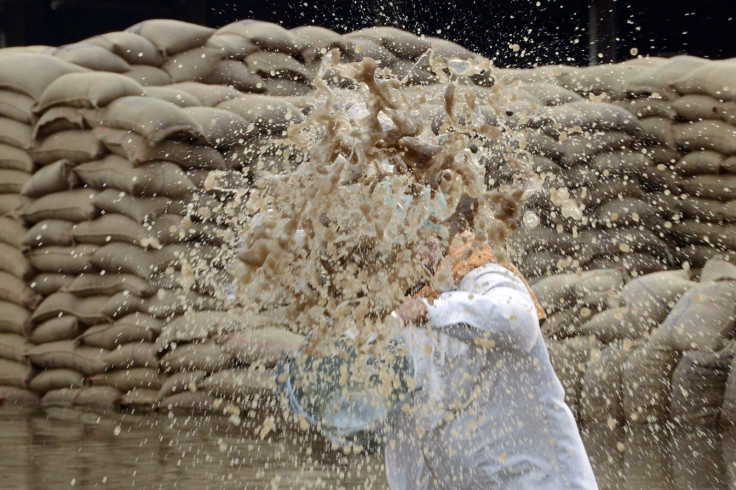Extreme rainfall has tripled in India since 1950 - but droughts are worsening too
The storms are becoming more frequent and more extreme.

Intense rainfall in central India has risen dramatically in the past 70 years, a new study has found.
In recent decades there has been less and less rain in central India – but the rain that does fall is coming down in increasingly extreme storms, according to a study in the journal Nature Communications. About half a billion people live in the affected parts of central India.
The decreasing overall rainfall is mainly due to a weakening of the monsoon circulation, as well as changing El Nino events, increased air pollution and variations in land use. This leaves many more people vulnerable to drought in the region. Summer rainfall has fallen by 10-20% in central India, where agriculture is still reliant on rain for irrigation.
Meanwhile, rising ocean temperatures are linked to the increase in extreme rainfall events. Between 1950 and 2015 there were 268 flooding events in India, the authors report. These storms hit a total of 825 million people, killing 69,000 and leaving 17 million homeless. Moisture transport from the Arabian Sea, linked to ocean temperatures, is the primary factor behind this trend, the authors say.
The frequency of extreme rainfall events is rising at about 13% each decade, working out at roughly one extra major rainfall and flooding disaster each year. As well as these extreme events happening more often, the scale of the events is also getting larger. There is a growing proportion of storms that are among the largest 0.5% of all storms in the region.
"The plains of central India are largely flood-prone; flash floods, landslides and torrential rains often kill thousands and displace millions of people as well as animals, underscoring the urgency in comprehending and predicting these events," write the study authors, led by Mathew Koll Roxy of the Indian Institute of Tropical Meteorology in Pune, India.
In a region heavily dependent upon agriculture, the projected trends due to climate change are particularly worrying. Previous studies have linked 60,000 suicides among farmers in India to climate change.
However, some of the damage from the storms could be anticipated, the study authors say. The extreme rainfall events are marked by unusually warm sea surface temperatures in the northern Arabian Sea about 2 to 3 weeks before the storm hits. When land temperatures in Pakistan and north western India are also high, the conditions are ripe for an extreme rainfall event.
Scientists could use this pattern to predict when the worst storms will hit, giving people in central India advance warning to prepare and protect their homes against the storm.


© Copyright IBTimes 2025. All rights reserved.






















